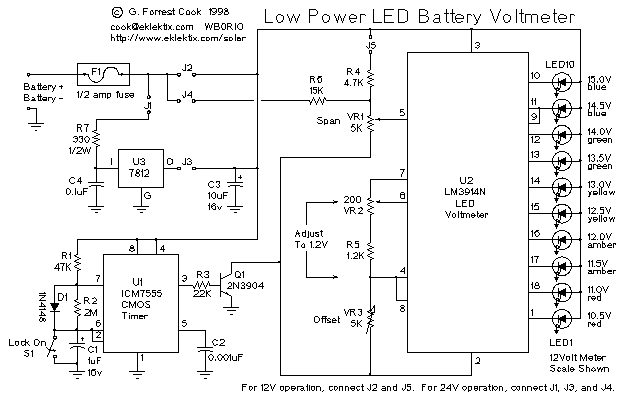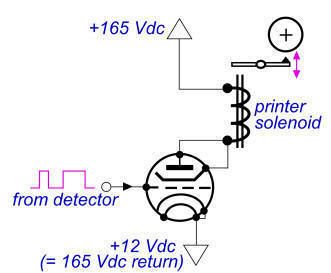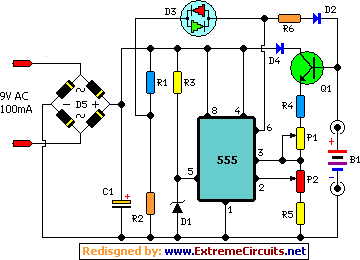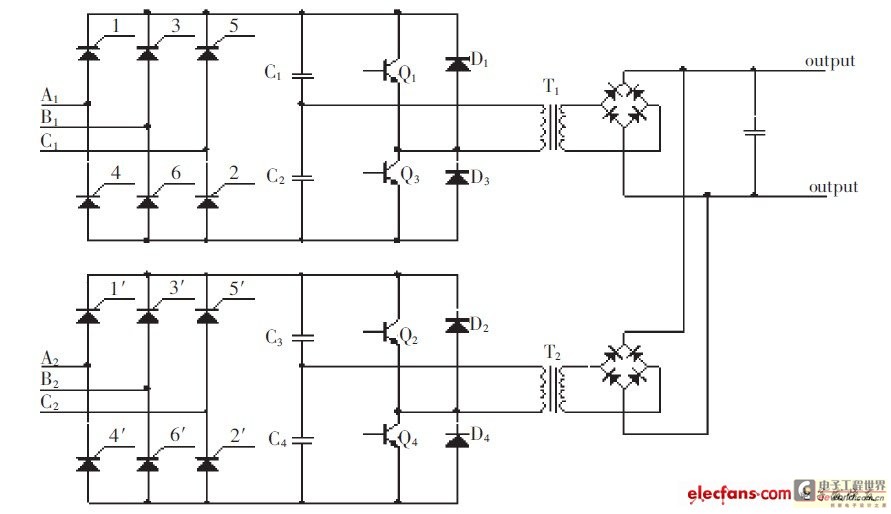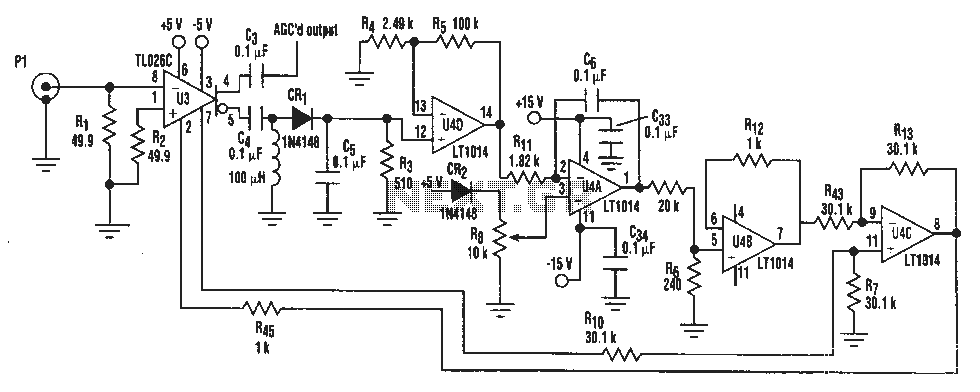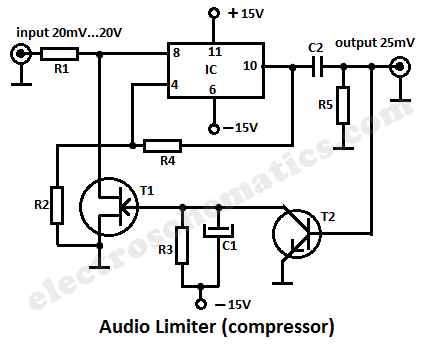
Low Cost Phone Battery Charger Schematic Diagram
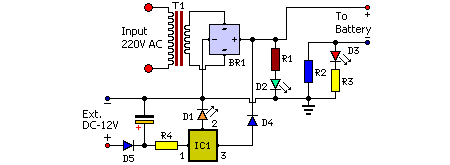
Mobile phone battery chargers available in local markets can be quite expensive. The circuit presented here offers a low-cost alternative for charging cellular phone batteries or battery packs with a rating of 7.2 volts.
This low-cost phone battery charger circuit is designed to provide an efficient and economical solution for charging mobile phone batteries. It operates at a voltage of 7.2 volts, making it suitable for various types of mobile phones and battery packs that operate within this voltage range.
The circuit typically consists of a transformer, a bridge rectifier, a voltage regulator, and some passive components such as resistors and capacitors. The transformer steps down the AC mains voltage to a level suitable for charging. The bridge rectifier converts the AC voltage to DC, which is necessary for charging the battery.
A voltage regulator is employed to ensure that the output voltage remains stable at 7.2 volts, preventing overcharging and potential damage to the battery. Additional components may include diodes for reverse polarity protection and capacitors to smooth out any fluctuations in the output voltage.
This charger circuit can be constructed using readily available components, making it accessible for hobbyists and engineers looking for a cost-effective charging solution. Proper attention to safety and adherence to electrical standards is crucial when assembling and using this circuit to ensure reliable operation and user safety.Mobile phone, phone battery chargers on hand wearing the souk are quite expensive. This circuit presented at juncture comes so a low-cost alternative to charge cellular phone telephones/battery packs with a rating of 7. 2 volts. You are reading the Circuits of Low Cost Phone Battery Charger And this circuit permalink url it is 🔗 External reference
This low-cost phone battery charger circuit is designed to provide an efficient and economical solution for charging mobile phone batteries. It operates at a voltage of 7.2 volts, making it suitable for various types of mobile phones and battery packs that operate within this voltage range.
The circuit typically consists of a transformer, a bridge rectifier, a voltage regulator, and some passive components such as resistors and capacitors. The transformer steps down the AC mains voltage to a level suitable for charging. The bridge rectifier converts the AC voltage to DC, which is necessary for charging the battery.
A voltage regulator is employed to ensure that the output voltage remains stable at 7.2 volts, preventing overcharging and potential damage to the battery. Additional components may include diodes for reverse polarity protection and capacitors to smooth out any fluctuations in the output voltage.
This charger circuit can be constructed using readily available components, making it accessible for hobbyists and engineers looking for a cost-effective charging solution. Proper attention to safety and adherence to electrical standards is crucial when assembling and using this circuit to ensure reliable operation and user safety.Mobile phone, phone battery chargers on hand wearing the souk are quite expensive. This circuit presented at juncture comes so a low-cost alternative to charge cellular phone telephones/battery packs with a rating of 7. 2 volts. You are reading the Circuits of Low Cost Phone Battery Charger And this circuit permalink url it is 🔗 External reference
Warning: include(partials/cookie-banner.php): Failed to open stream: Permission denied in /var/www/html/nextgr/view-circuit.php on line 713
Warning: include(): Failed opening 'partials/cookie-banner.php' for inclusion (include_path='.:/usr/share/php') in /var/www/html/nextgr/view-circuit.php on line 713
